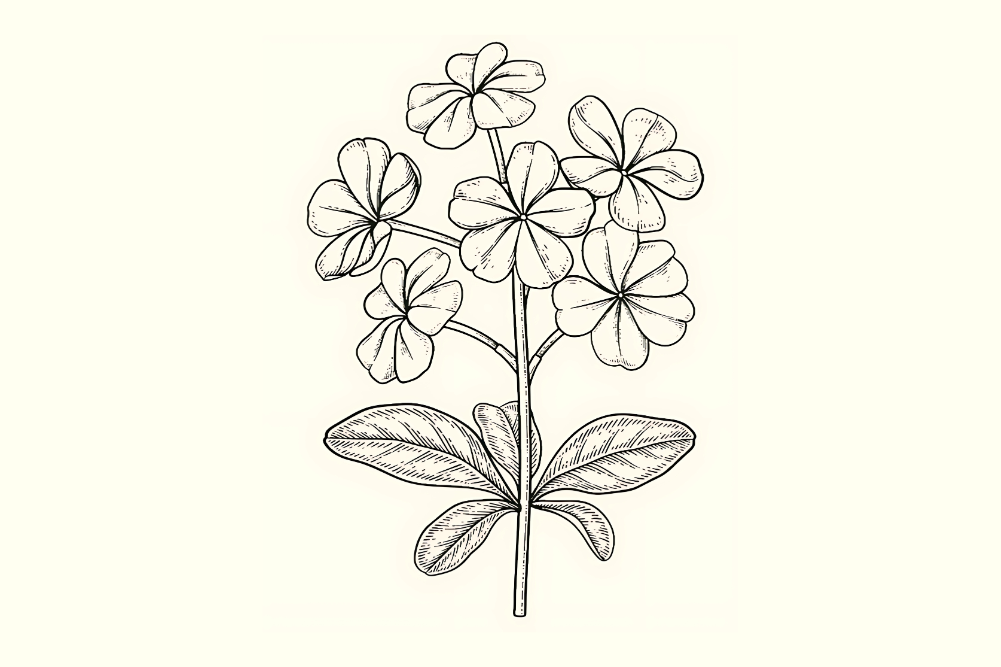The art of champagne
Here’s something for you to keep in mind when you’re toasting over Christmas and the New Year! Did you know that a standard bottle of champagne contains 5 litres of pressurized carbon dioxide? It turns out that the key to champagne lies all in the carbon dioxide.
Terry and Sherry of WellBeing TV talk about the best way to pour champagne to keep the carbon dioxide in and the effect it has on the body.
Click here to watch more WellBeing TV videos or visit our YouTube channel







